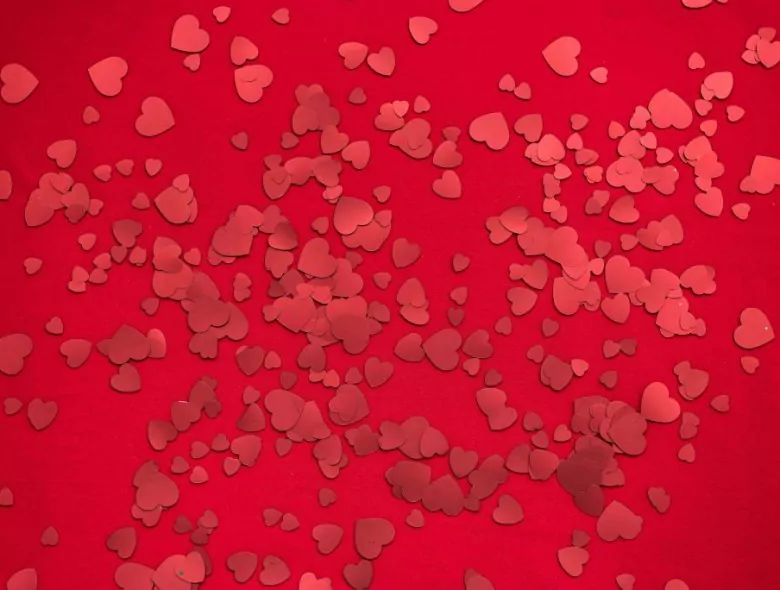St. Valentine Around the World
The celebration of St Valentine was originally from a Christian feast and celebration of the patron saint. Nowadays, however, the celebration of St Valentine has spread across the world, far beyond its origins. On St Valentine’s Day, those celebrating may send greeting cards (known as Valentines), and gifts, the most popular being flowers, confectionary, and jewelry.
It is best known as a day to express romantic love to partners or anyone with who you may have romantic feelings. Beyond this, Valentine’s Day has become a day to express love and appreciation for friends and family too, and this rings true to Valentine’s Day in Japan as well.

In recent decades Japan has adopted and welcomed many celebrations from other countries, such as Christmas and Halloween, to enjoy fun events in their way. Savvy companies provide plenty of beautiful and/or delicious consumer products to enjoy unique to each celebration. Elaborate chocolates and Christmas cake have been introduced as seasonal products and trying them is a lovely way to mark the passing of each event, alongside the variety of seasonal foods that are enjoyed in Japan.
Although the celebration of St Valentine comes from other countries, there are some big differences to how the Japanese celebrate Valentine’s Day in comparison to countries in the West.

The History of Valentine’s Day in Japan
The 1950s bought about the popularisation of Valentine’s Day in Japan. It started with chocolates being sold in heart shapes or heart-shaped boxes. This developed into elaborate shop displays in department stores, and the chocolates evolved into even more beautiful gifts.
The other half of the Japanese Valentine’s Day traditions occur on White Day, on the 14th of March, exactly one month after Valentine’s Day. There is a habit of returning gifts in Japan, hence why White Day was created in Japan as an answer to St Valentine.
On White Day, men are expected to gift chocolate, marshmallows, or other confectionaries, to the women they received gifts from.
In recent years there has been debate around the pressure of the ‘obligation chocolates’ and how perhaps feeling an obligation to give gifts can take away the true appreciation and gratefulness that one could express otherwise.

Japanese Valentine’s Day Traditions
Wondering how Japanese celebrate Valentine’s Day? It all melts down to one thing. December 24th is a romantic celebration where couples and singletons go on dates and give gifts – Valentine’s Day is different. Chocolate is predominantly how Japanese people celebrate Valentine’s Day.
One of the big differences in how the Japanese celebrate Valentine’s Day is that the burden is mostly on women to provide Valentine’s Day treats. This is quite the opposite to how St Valentine’s Day is celebrated in other countries, where, over history, it has generally played out that men gift tokens of their love to women on Valentine’s Day. This has gradually changed though due to the evolution of gender roles. Similarly, the Japanese Valentine’s Day traditions are also a lot more flexible now. This year many people have spoken about even treating themselves to Valentine’s Day chocolates as a reward for staying at home and maintaining social distancing practices during the pandemic.
Valentine’s Day in Japan allowed women the opportunity to express romantic feelings without judgment. When the celebration was first popularised in Japan, it was quite radical for women to make declarations of love.

Japanese Valentine Chocolate
When it comes to Japanese Valentine’s Day traditions, it all comes down to chocolate. This is the gift that is given the most on Valentine’s Day in Japan.
Although Valentine’s Day chocolates are the main element of Japanese Valentine’s Day traditions, other gifts can be given too.
Though Valentine’s Day chocolates are given around the World, there are some unique customs to Japanese Valentine chocolate-giving.
Gift-giving is an important cultural practice in Japan to maintain good work and family relationships, as well as good friendships, and the Japanese Valentine chocolate is no exception.
The Japanese Valentine chocolate is divided into three categories.
Giri-choco (義理チョコ)
These are perhaps the most unique type of Japanese Valentine chocolate, also known as the ‘obligation chocolate’. There are some situations where there is a societal expectation for gift giving – such as buying omiyage for collages after traveling – and this also occurs on Valentine’s Day in Japan.
These are the chocolates that women gift to any male colleagues or family members. They are usually cheaper and more basic chocolates.
Honmei-choco (本命チョコ)
The honmei Valentine’s Day chocolates are the origin of how Japanese celebrate Valentine’s Day. It roughly translates to ‘favorite’, so these chocolates are given to the person you love or to who you want to confess your love. These are the most important chocolates, so they are usually higher quality chocolates that both taste delicious and are presented beautifully.
Alternatively, for the honmei-choco, you can make your own chocolate by melting bars into molds and adding decorations, or you can bake a sweet treat using chocolate.
Tomo-choco (友チョコ)
The third type of Valentine’s Day chocolates is a wholesome gift that women give to their close female friends. They are generally quite fancy chocolates, and the recipient often gets to enjoy these in the company of the gift-giver.



